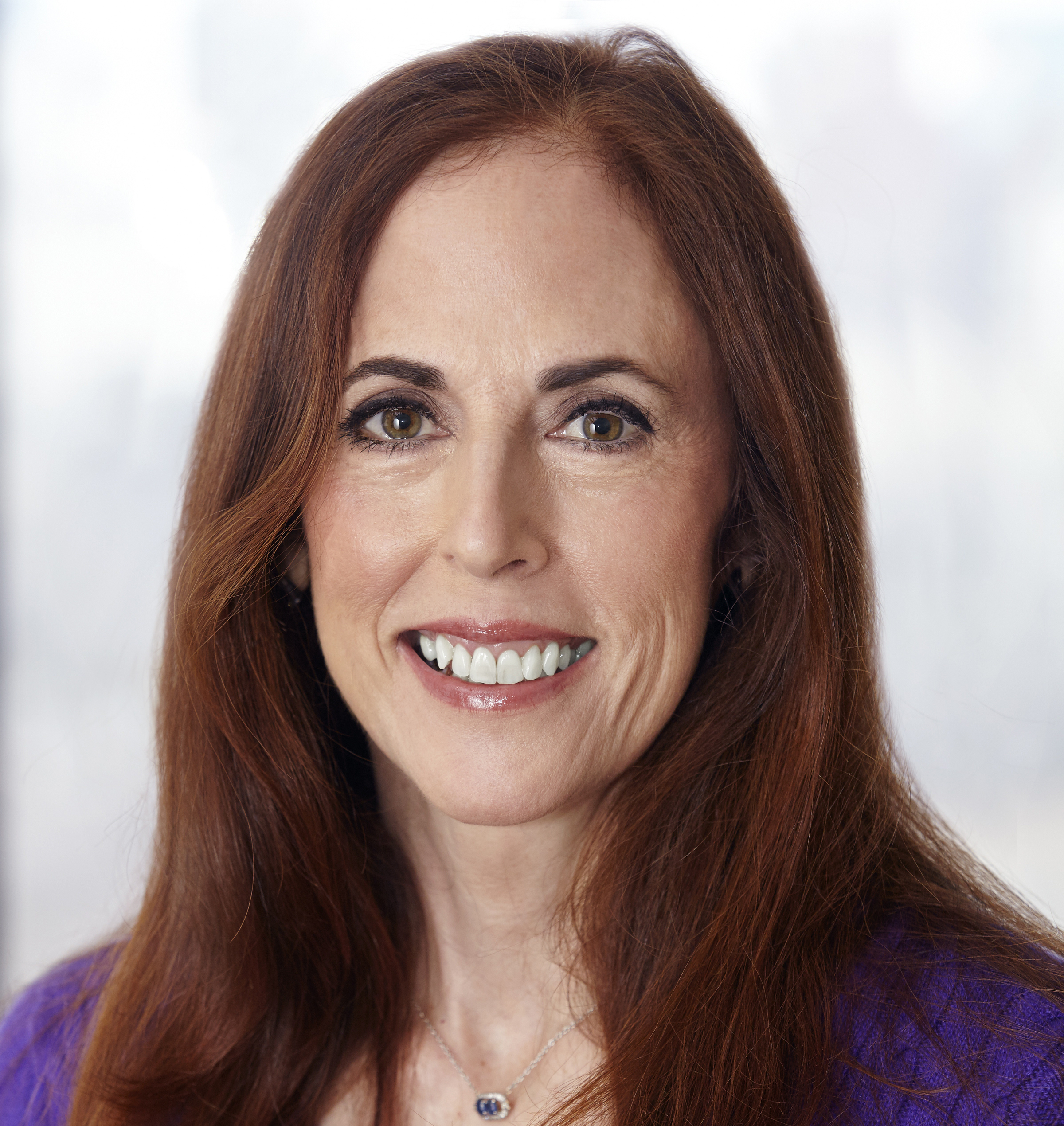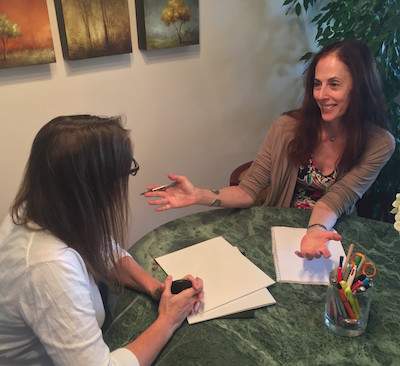Diversity has become a hot-button issue in Hollywood, where discussions focus on race, gender, sexual
orientation, and even gender identity. Disability and autism, however, are left out of the discussion. At this month’s Television Critics Association presentations, CBS was criticized for its schedule of shows in which there are no non-white leads. But no one ever thought to criticize CBS (or every other network, for that matter) for having no disabled leads, despite the fact that individuals with disabilities are the largest minority group in America. If Hollywood wants to represent true diversity, it needs to make a much better effort to be inclusive of autistics and people with disabilities.
Hollywood has a long and controversial history of actors and actresses portraying characters from different ethnic backgrounds and with different sexual orientations than their own. An extreme example would be Laurence Olivier playing Othello in blackface. And while casting disabled actors is still an issue in Hollywood (Tilda Swinton’s recent portrayal of a Tibetan Monk in Doctor Strange, for example), there have been major strides in bringing diversity to the screen. Laverne Cox’s portrayal of a transgender characters in both the Netflix hit, Orange Is the New Black and now CBS’s Doubt, for example, are a small indication that Hollywood is starting to understand the importance of authenticity.
But while many minorities have started to enjoy better representation, there continues to be a dearth of roles offered to actors with disabilities playing similar characters (think Dustin Hoffman in Rain Man or Ben Affleck’s recent role in The Accountant). That’s one reason I’m so happy about the fact that my daughter Samantha’s film, Keep the Change, is being featured at this year’s Tribeca Film Festival. This narrative film is the first of its type to tell a story about characters on the spectrum employing mostly actors on the spectrum–a major step in the right direction.
Recently I read an article by Alex Plank, who is a consultant to actors playing autistic characters in Hollywood, about the need for more roles featuring actors with disabilities. The article is a passionate and well-thought-out description of the problem that I believe Keep the Change is starting to address. Here’s an excerpt:
If you want to read the full article, click here.





 Marguerite Elisofon is a New York City writer and the author of My Picture Perfect Family, a memoir about how her family navigated life with a child on the autistic spectrum before the internet and support groups existed. She also blogs about parenting young adults and disability related issues in The Never Empty Nest. Her writing has been featured in a variety of publications, including Time and NY Metro Parents magazine, and her family’s story has been featured by the NY Post, Fox News, The Daily Mail, and on Jenny McCarthy’s Dirty Sexy Funny radio show. A Vassar graduate, Marguerite was born and raised in New York City, where she still lives with her husband, Howard, in their mostly-empty nest. She is available to speak about a wide variety of issues relating to twins, parenting, and autism.
Marguerite Elisofon is a New York City writer and the author of My Picture Perfect Family, a memoir about how her family navigated life with a child on the autistic spectrum before the internet and support groups existed. She also blogs about parenting young adults and disability related issues in The Never Empty Nest. Her writing has been featured in a variety of publications, including Time and NY Metro Parents magazine, and her family’s story has been featured by the NY Post, Fox News, The Daily Mail, and on Jenny McCarthy’s Dirty Sexy Funny radio show. A Vassar graduate, Marguerite was born and raised in New York City, where she still lives with her husband, Howard, in their mostly-empty nest. She is available to speak about a wide variety of issues relating to twins, parenting, and autism. 
Excellent post. I was checking continuously this blog and I’m impressed! Very useful info particularly the last part